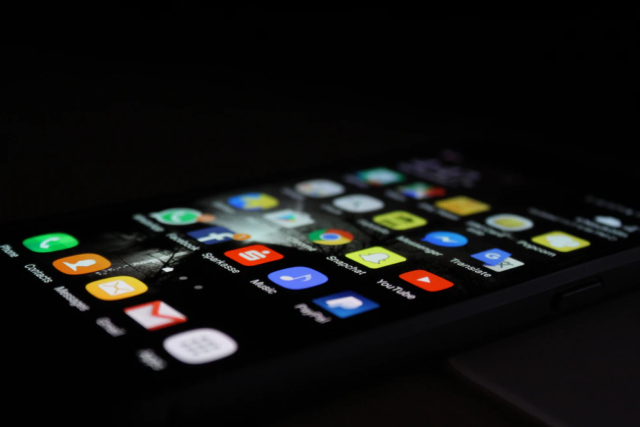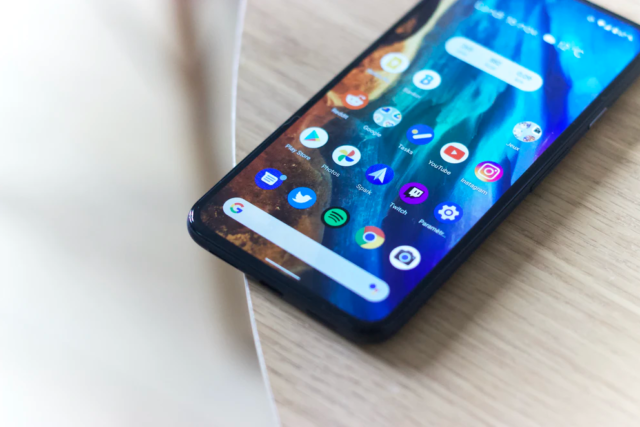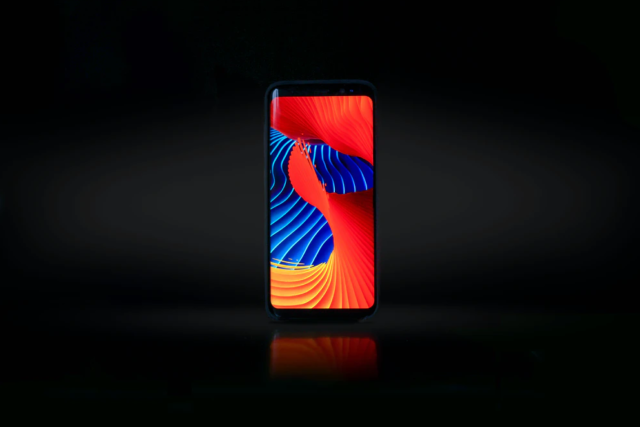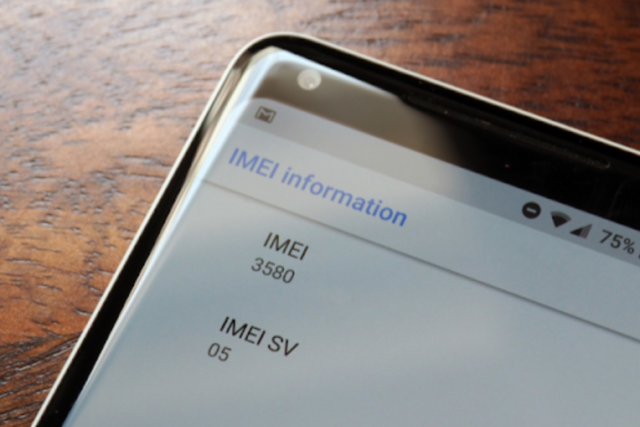
Losing a phone is a very stressful occasion. Not only are we immediately setting ourselves back by a decent sum of money but we are also losing all the contacts that were saved on it. Not to mention that our privacy is compromised as all the accounts we have logged in on our phones can be accessed and abused. While there are options that can help us retrieve some of the information and disallow access to the accounts on our phones, the best solution is to locate the device itself. This way, no money is lost and we can feel safe knowing other people don’t have access to our private accounts. There are multiple ways of locating the phone no matter whether it has been lost or stolen. More fruitful of these methods will be laid out below, in efforts to help you keep your recovery short.
Prepare beforehand

Before we begin with the list of retrieval options, it’s suggested you take immediate precautions and engage safety measures right now. This can be done through settings menus and requires no more than a few minutes. What you should do is enhance the authentication required to access your phone with fingerprint patterns and passcodes, or even facial recognition if you have the capability to do so.
These security measures won’t keep people out of your phone for too long if they know what they are doing but it should buy you some time until they are found. It also dissuades random people who find your phone from fiddling around with your personal data.
Retrieving an Android phone through software

Android phones come in many shapes and sizes, their diversity making them popular among different groups of people. Thus, the chances of an Android phone being lost are high. The security measures to retrieve these phones have been implemented for a while now, to use them you’ll need to utilize the Find My Device feature. This feature is built into the smartphone and operates through Google Play Services. The feature can be used online too if you are having Google Play Store issues and wish to quickly retrieve your phone. If you don’t want to depend on internet connectivity at all download the dedicated app so you have a retrieval option on your hands at any point.
The Find My Device option allows you to do multiple things. Phone searching being the primary use but it will also allow you to set up a new password, utilize various notifications, and even perform calls through the device which should help you locate the phone. Find My Device can be both preemptively modified but it isn’t mandatory. The device should be able to find a lost phone through Wi-Fi and GPS regardless of the established configurations.
If this doesn’t help, try using third-party services to locate the phone. Their reach or specific searching model may work better for your current need. There are plenty of different services which offer geolocation of your phone. Knowing more about them can help you handle the situation quicker in case the standard app isn’t giving you desired results. If you are interested in getting a dedicated location software you can view more here and learn about the available features.
Write down your phone’s IMEI

If a phone is stolen, it’s likely the thief will try to sell it. While this can spell disaster for you, especially if the phone is taken farther away from the place you live in, there are ways to confirm a phone is yours if it ever shows up. You can do this by checking and writing down the phone’s IMEI. This stands for International Mobile Equipment Identity. It’s the most guaranteed way to identify your phone no matter what. The code is a 15-digit number and is completely unique. The IMEI code should be prepared upfront, as it requires you to check it directly on your phone.
To retrieve this code, go into the Settings of your phone. After that, scroll down until you find the About Phone selection. After clicking it, you’ll see your phone’s IMEI, write it down and store it. The usefulness of this code may prove crucial during retrieval, especially if the phone has been heavily tampered with.
Contact the police and your carrier if the phone isn’t found

When the phone doesn’t crop up around your house or the last few places you were at, it’s likely that it has been stolen. In case the phone is detected in a place you haven’t visited or it changes destinations when you check the situation may require different measures. After a few hours, contact the police and check if any devices that fit your phone’s description have been deposited at the station. If there are no devices that fit the description there and you are getting no calls for retrieval, the phone is most certainly stolen. Immediately prevent potential abuse of your phone by contacting your carrier.
They can suspend your services so that the person currently in possession of it cannot use the phone at all. After all, they could easily create a big bill that you’ll have to repay.
Even if you have prepaid services that provide a lot of free data and calls it’s preferable that our phone isn’t used for contacts we wouldn’t do ourselves. The carrier may also offer additional, carrier-specific ways of getting your phone back so make sure to give them a call.
Conclusion
While the loss and theft of phones is a very real danger for any owner, there are plentiful established ways we can retrieve them. It starts by checking around our area with calls and device trackers, in case the phone has been accidentally placed at a weird location. Then we make sure to pinpoint its current location, to eliminate suspicions of leaving it at a bar or a similar area. If these fail to work, it’s likely the phone has been stolen. In this case, we should contact authorities with available information and suspend possible services, to prevent the thief from doing calls or using data. The possession of a phone is a must in this day and age so the loss of them can heavily hamper our everyday dealings, which is another reason why we’d prefer to get them back as soon as possible, which is something you should be able to do with this guide.












